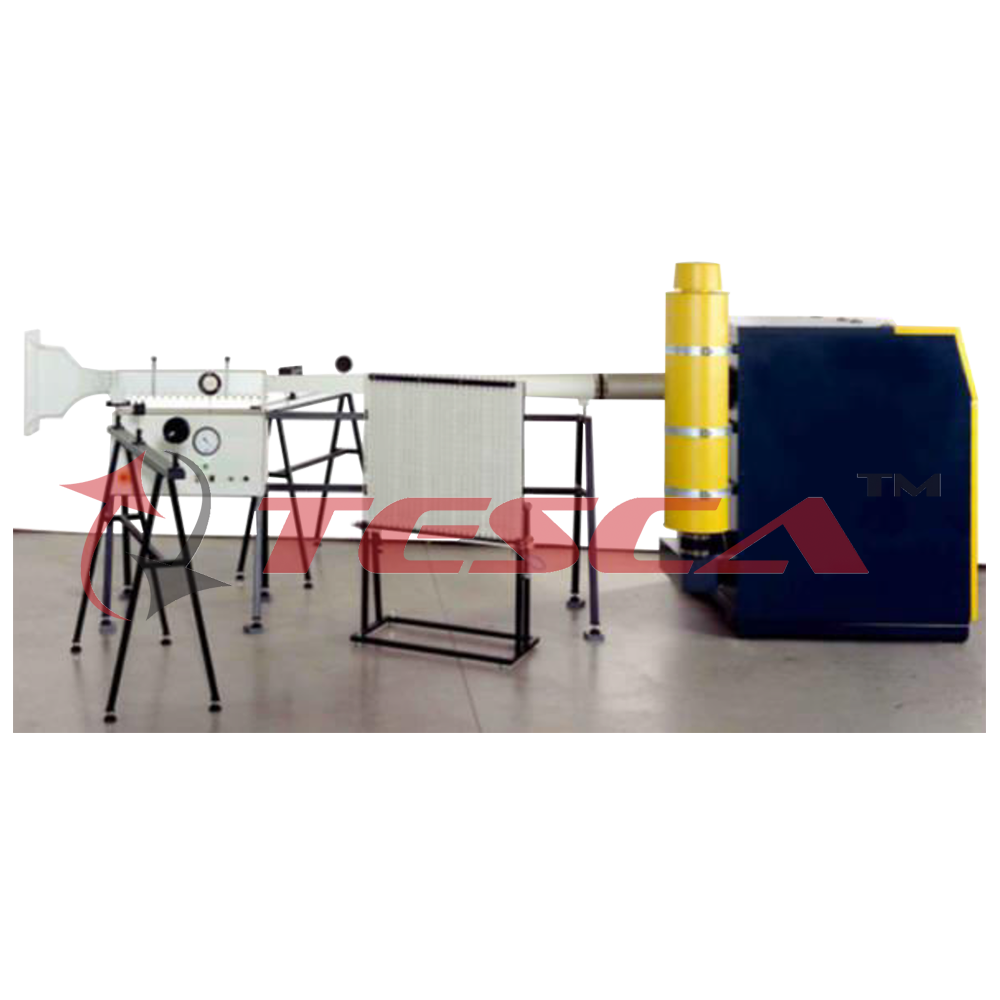Supersonic Wind Tunnel

Order Code: 32449
Category: Aerodynamic Trainers
Features Velocity Range: Subsonic through Mach 1.8 with help of interchangeable Test Section. Continuous Operation using Variable Speed Air Blower, working on Vacuum Principle. Compressed air collecting tank & air dryer not required (Compared ...
SPECIFICATION
Features
Velocity Range: Subsonic through Mach 1.8 with help of interchangeable Test Section.
Continuous Operation using Variable Speed Air Blower, working on Vacuum Principle.
Compressed air collecting tank & air dryer not required (Compared to Intermittent Type Supersonic Wind Tunnel).
Schlieren Apparatus with accessories for visualization of Flow at supersonic velocities.
Data Acquisition System for measurement & analysis of test parameters
Di?erent test models available for study of ?ow patterns.
Supersonic Wind Tunnel 32449 is a test bed for examining the ?uid mechanics and associated ?uid phenomena for air travelling faster than the speed of sound. The supersonic wind tunnel is open type wind tunnel working continuously; a variable speed fan is used to draw through the wind tunnel. It draws air from the atmosphere & is after ?owing through the wind tunnel the air is discharged back to the atmosphere. In order to increase the speed of air to supersonic conditions, the air is accelerated through a converging-diverging nozzle. In the measurement section, the air is accelerated further and ?ows around a drag .The air the ?ows through the di?user where it is decelerated before entering the air blower. Interchangeable test sections are provided to generate di?erent velocities (Mach 1.4 & Mach 1.8). The trainer supplied with four di?erent test models (Wedge, Double wedge, Rocket, Bullet) For observation of the supersonic ?ow and the resulting shock fronts, the Schlieren optics system is supplied. Pressure sensors are used to measure pressure distribution, & transmitted directly to a computer using a USB based Data Acquisition System for analysis using the software.
Photo: Visualization of Flow Patterns around test models using Schliren Optics







 91-9829132777
91-9829132777